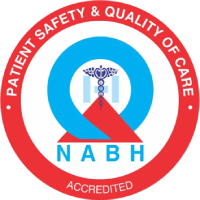Ecg

What is a Ecg ?
An electrocardiogram (EKG/ECG) utilizes temporary electrodes placed on your chest and limbs to monitor and document your heart’s electrical activity, which governs your heartbeats, for diagnostic purposes. The information is translated by a computer into a wave pattern that your healthcare provider can analyze. This is a swift, painless procedure that doesn’t involve any invasive measures. You can undergo an EKG while lying down and at rest, or during exercise as part of a stress test.
When would an ECG be used?
An electrocardiogram (EKG/ECG) is used to:
- Evaluate your heart rhythm, detecting normal patterns or signs of arrhythmia.
- Diagnose inadequate blood flow to the heart muscle (ischemia) due to coronary artery disease.
- Detect signs of a heart attack.
- Identify abnormalities in the heart, such as chamber enlargement and irregular electrical conduction.
- Assess heart damage or heart failure.
- Determine your fitness for upcoming surgeries.
- Monitor the performance of your heart following:
- Pacemaker implantation.
- Initiation of heart disease medications.
- Previous heart attack.
Symptoms you can diagnose with an ECG
- Chest pain
- Shortness of breath
- Fatigue
- Dizziness
- Heart palpitations,
- characterized by a flutter or skipped heartbeat
- Rapid heartbeat
How do I prepare for an ECG test?
Before undergoing an ECG, you can maintain your regular eating and drinking habits. However, it’s essential to consider the following when getting dressed for your test:
- Refrain from using oily or greasy skin creams and lotions on the day of the test, as they can hinder electrodes from making proper contact with your skin.
- Avoid wearing full-length hosiery, as electrodes need to be placed directly on your legs.
- Opt for a shirt that can be easily removed to facilitate the placement of leads on your chest.

